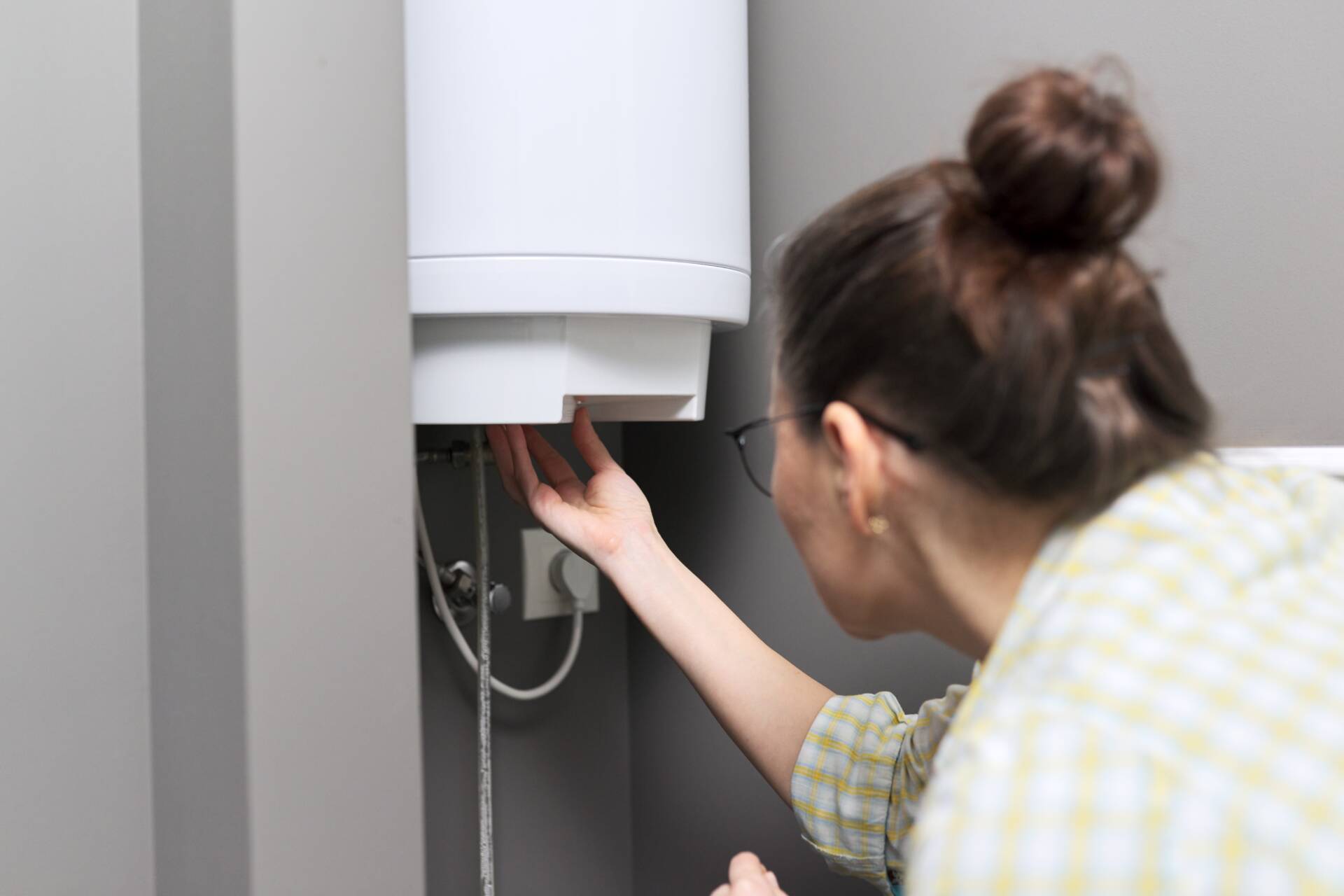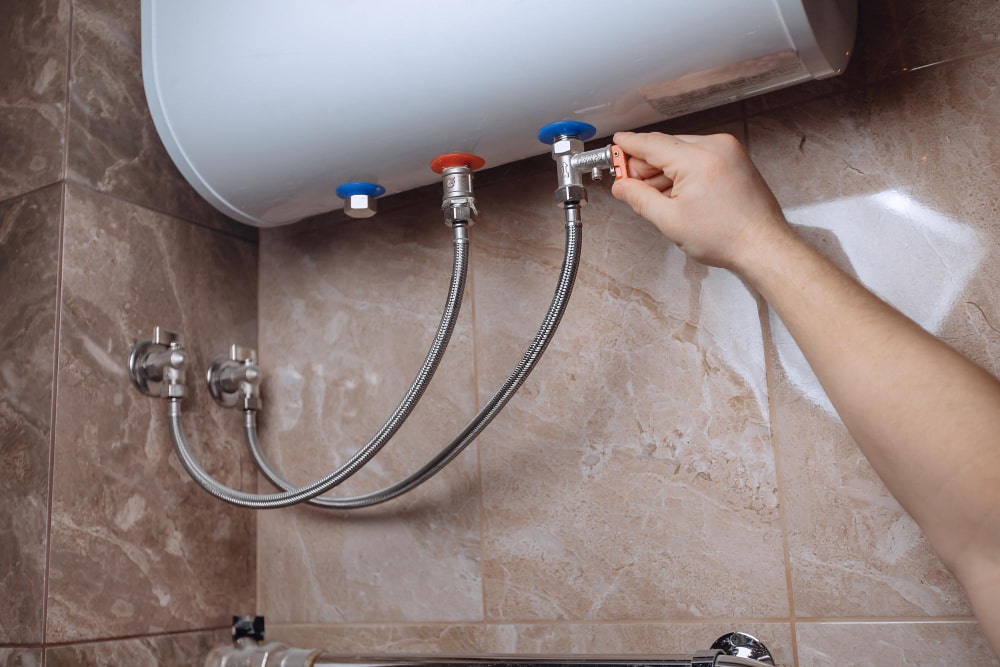How to Maintain Your Home's Hot Water System Functioning Well
How to Maintain Your Home's Hot Water System Functioning Well
Blog Article
We have noticed this great article relating to How to Maintain a Hot Water Heater in a Few Simple Steps below on the internet and think it made good sense to quickly share it with you on my blog.

Warm water is crucial for daily comfort, whether it's for a rejuvenating shower or washing dishes. To ensure your hot water system runs effectively and lasts much longer, normal upkeep is vital. This write-up offers functional ideas and understandings on just how to preserve your home's warm water system to stay clear of disturbances and pricey fixings.
Intro
Keeping your home's warm water system could appear complicated, yet with a couple of straightforward steps, you can ensure it operates smoothly for many years to come. This guide covers everything from understanding your hot water system to DIY upkeep pointers and recognizing when to call specialist aid.
Value of Preserving Your Hot Water System
Routine maintenance not only extends the life-span of your hot water system however also ensures it runs successfully. Ignoring maintenance can result in decreased performance, greater energy bills, and also premature failing of the system.
Indications Your Hot Water System Demands Maintenance
Recognizing when your warm water system requires interest can avoid major concerns. Watch out for indications such as irregular water temperature level, odd noises from the heating unit, or rusty water.
Recognizing Your Hot Water System
Prior to diving into upkeep tasks, it's helpful to comprehend the basic elements of your hot water system. Normally, this includes the hot water heater itself, pipes, anode poles, and temperature controls.
Regular Monthly Maintenance Tasks
Normal monthly checks can assist catch small concerns before they rise.
Flushing the Water Heater
Purging your water heater eliminates debris accumulation, boosting efficiency and extending its life.
Checking and Replacing Anode Rods
Anode poles protect against rust inside the tank. Checking and replacing them when broken is essential.
Evaluating and Changing Temperature Setups
Adjusting the temperature level settings makes sure optimal efficiency and safety.
Do It Yourself Tips for Maintenance
You can do several upkeep tasks on your own to maintain your hot water system in leading condition.
Looking for Leaks
On a regular basis evaluate pipes and links for leaks, as these can cause water damage and higher costs.
Evaluating Stress Alleviation Valves
Testing the pressure safety valve ensures it works appropriately and prevents extreme stress buildup.
Insulating Pipes
Protecting warm water pipelines lowers warmth loss and can save energy.
When to Call an Expert
While do it yourself upkeep is valuable, some concerns require professional knowledge.
Complex Problems Needing Expert Aid
Instances consist of significant leakages, electric troubles, or if your water heater is consistently underperforming.
Routine Professional Maintenance Advantages
Expert maintenance can include extensive evaluations, tune-ups, and guaranteeing compliance with security requirements.
Final thought
Routine maintenance of your home's hot water system is important for efficiency, long life, and price financial savings. By adhering to these suggestions and knowing when to seek professional assistance, you can guarantee a trustworthy supply of warm water without unanticipated disturbances.
Water Heater Maintenance: The Basics
Maintaining your water heater will ensure it operates efficiently and has a longer lifespan. Neglecting regular maintenance can lead to costly repairs and an even bigger chunk of your savings if you have to replace it sooner than necessary. But there’s good news: Most water heater maintenance tasks are relatively simple and easy for homeowners with basic DIY skills.
Flush the Water Heater
Over time, sediment and minerals can build up in the tank, reducing its efficiency and potentially causing damage. To flush the tank, turn off the power or gas supply, attach a hose to the drain valve near the bottom and open the valve to drain the water until it runs clear. Ideally, flush the tank annually.
Replace the Anode Rod
The anode rod is a sacrificial metal rod that helps prevent corrosion inside the tank. Inspect and replace it every three to five years or per the manufacturer's recommendation. To replace the anode rod, turn off the power or gas supply, drain a few gallons of water from the tank, unscrew the old rod and replace it with a new one. If the anode rod is significantly corroded or covered in calcium buildup, it's a sign the water heater may need to be replaced soon.
Tune-Up
A yearly tune-up can help identify potential issues and ensure your water heater operates at peak efficiency. This typically involves checking the thermostat, burner assembly (for gas heaters) and any other components specified by the manufacturer. During a tune-up, the technician may also clean the burner and adjust the pilot light (for gas heaters) or examine the heating elements (for electric heaters).
How to Maintain Your Water Heater
Insulate the tank. Insulating the tank can improve energy efficiency and reduce heat loss, saving you money on energy bills. You can purchase precut insulation blankets designed specifically for water heaters or use standard fiberglass insulation wrapped securely around the tank. Check the temperature. The recommended water temperature for most households is around 120 degrees Fahrenheit (49 degrees Celsius). Higher temperatures can increase energy costs and potentially cause scalding. Use a kitchen thermometer to check the temperature at the faucet nearest the water heater. Monitor water pressure. Excessive water pressure can strain the water heater and cause leaks or even tank failure. Install a pressure-reducing valve if necessary. The ideal water pressure range is between 60 and 70 PSI (pounds per square inch). Test the temperature and pressure (T&P) relief valve. The T&P relief valve is a safety feature that releases pressure if the tank gets too hot or the pressure builds up too high. Test it annually by lifting the lever and allowing a small amount of water to release. Replace the valve if it doesn't release water or reseal properly. Check for leaks. Regularly inspect the tank, pipes and fittings for leaks or corrosion. Deal with issues promptly to prevent further damage. Even a small leak can lead to significant water damage over time. Consider a tankless water heater. If your traditional tank-style water heater is nearing the end of its lifespan ( typically 10 years), consider replacing it with a tankless water heater. These units heat water on demand, reducing standby energy losses and potentially saving you money on your energy bills. Schedule professional maintenance. While homeowners can perform many water heater maintenance tasks, it's still a good idea to schedule professional maintenance every few years. A plumber or HVAC technician can thoroughly inspect the unit, identify potential issues and ensure it operates safely and efficiently. https://www.homeserve.com/en-us/blog/home-improvement/hot-water-heater-maintanence/

I ran across that entry on How to Maintain Your Water Heater & Prolong its Life when doing research the internet. Sharing is good. Helping people is fun. Bless you for being here. Come back soon.
Request An Estimate Report this page